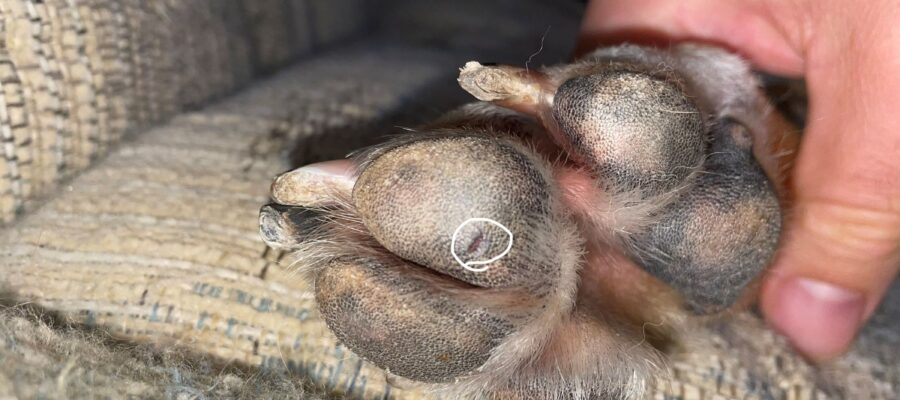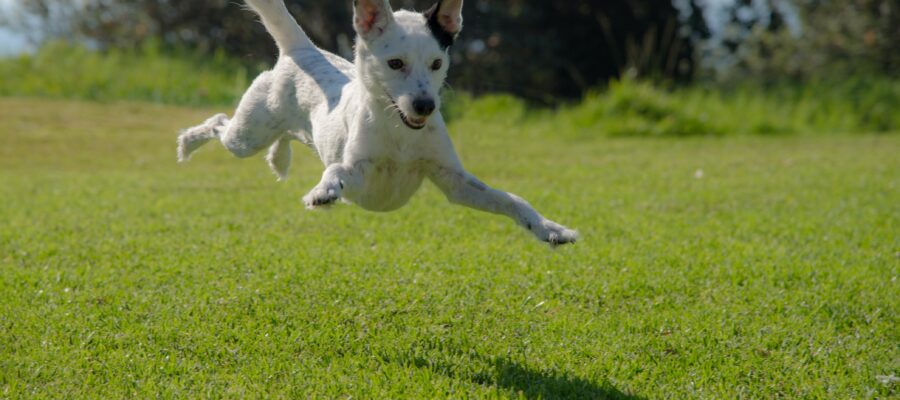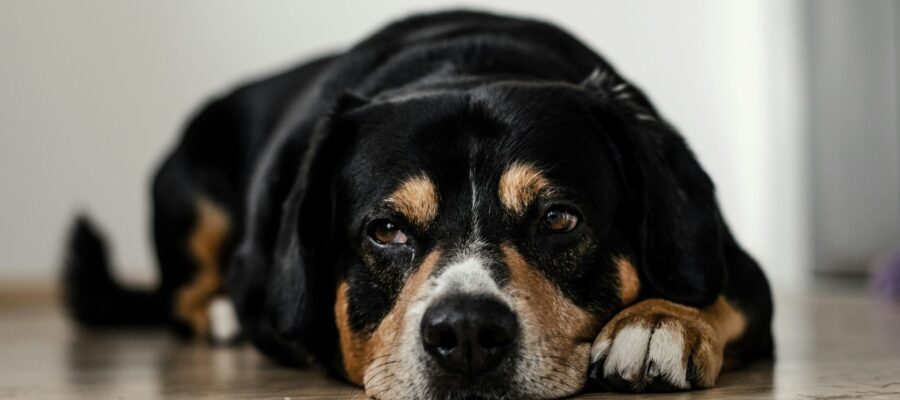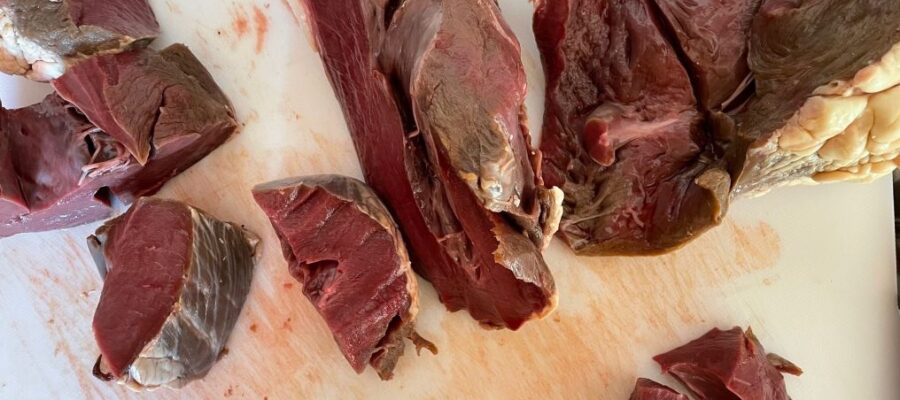
Paw-sitive Steps for Treating Your Dog’s Cut Paw: A Comprehensive Guide
Every dog owner dreads the sight of their furry friend limping or yelping in pain. One of the most common injuries for active dogs is a cut or torn paw pad. These sensitive pads can easily be injured by sharp objects, rough terrain, or even hot pavement. If your dog experiences a paw injury, quick and proper care is essential for a smooth recovery.
Our Story: Jonas’s Paw-some Recovery
Just last week, my energetic hound, Jonas, started to limb during our walk. Upon inspection, I discovered a small but deep cut on his paw pad. It must have happened when he stepped on something sharp while walking on the sidewalk.

Initially, I panicked, but then I remembered the basic first-aid steps I’d learned for dog paw injuries. Once we got home from our walk I cleaned the wound with antiseptic solution, applied pressure to stop the bleeding, and wrapped it with a clean bandage. Over the next few days, I continued to clean and bandage his paw, limiting his activity to short, leashed walks. Thankfully, within a week, Jonas’s paw had healed completely, and he was back to his usual playful self.
Your Action Plan for Paw Cuts
-
Assess the Severity: The first step is to determine the severity of the injury. A minor scrape or cut can often be treated at home, while deeper cuts, punctures, or injuries with excessive bleeding require immediate veterinary attention. If you’re unsure, err on the side of caution and consult your vet.
-
Clean the Wound: If the cut is minor, clean the affected area with warm water and a mild antiseptic solution. Carefully remove any debris, such as glass or gravel, using tweezers. Avoid hydrogen peroxide or alcohol, as they can damage tissue and slow healing.
-
Control Bleeding: Apply gentle pressure with a clean cloth or gauze pad to stop any bleeding. If bleeding doesn’t stop after 10-15 minutes, seek veterinary help immediately.
-
Bandage the Paw: Once the wound is clean and the bleeding is controlled, wrap the paw with a sterile bandage. Make sure it’s not too tight to avoid cutting off circulation. You can use a sock or a doggy bootie to protect the bandage and keep it clean.
-
Limit Activity: Rest is crucial for proper healing. Keep your dog’s activity level low for a few days, allowing the injured paw to heal. Leash walks are usually sufficient for bathroom breaks, but avoid strenuous activities like running or playing fetch.
-
Monitor for Infection: Check the wound daily for any signs of infection, such as swelling, redness, pus, or foul odor. If you notice any of these symptoms, contact your veterinarian immediately.
Here was Jonas’s cut after a couple of days, notice the healing:

Prevention Tips for Happy Paws:
- Check paws regularly: After walks or outdoor activities, check your dog’s paws for any cuts, punctures, or embedded objects.
- Trim nails regularly: Overgrown nails can make your dog more prone to paw injuries. Keep their nails trimmed to an appropriate length.
- Protect paws in extreme weather: During hot weather walks, walk your dog on cooler surfaces like grass or dirt to avoid burns. In winter, consider using dog boots to protect their paws from ice and salt.
- Choose walking surfaces carefully: Avoid walking your dog on rough or sharp surfaces, especially if they are prone to paw injuries.
When to Seek Veterinary Care
While minor paw injuries can often be treated at home, certain situations require immediate veterinary attention:
- Deep cuts or punctures
- Excessive bleeding
- Signs of infection (swelling, redness, pus, or foul odor)
- Lameness or inability to bear weight on the affected paw
- Any injury that doesn’t seem to be healing properly
Remember, your veterinarian is the best resource for diagnosing and treating paw injuries. Don’t hesitate to seek their advice if you have any concerns about your dog’s health.
Additional Tips for Paw Care
- Paw Balm: Applying a pet-safe paw balm can help keep paw pads moisturized and protected.
- Keep Paws Clean: After walks, rinse your dog’s paws with warm water to remove dirt and debris.
- Monitor for Licking: Excessive licking of the paw can be a sign of pain or irritation. If you notice this behavior, consult your vet.
By following these paw-some tips and acting promptly when your dog experiences a paw injury, you can help ensure a speedy recovery and get them back on their feet (or paws!) in no time.






